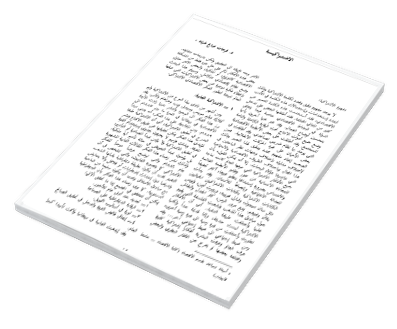Socialism
DOI:
https://doi.org/10.37376/deb.v17i2.1924Abstract
The paper meant to achieve two objectives:
1. The first objective is to give a brief summary of the socialist thinking that has been known to the mankind.
2. The second objective is to compare the new theory of socialism as outlined in the second part of the Green Book with the previous socialist theories, to show how the new theory differs from those previous ones.
With regard to the first objective, the paper gave a brief summary of the previous theories especially with respect to the main points of each theory, and whether it was applied or not, and the main results of its application.
The socialist theories that were presented are, Fabian Socialism, Cooperative Socialism, Marxian Socialism, Religious Socialism, State Socialism, Guild Socialism, and the new Socialism.
With respect to the secondo objective, the paper found out from he comparison that the new theory of socialism differs from the other theories in many respects such as:
a) Under the new theory the purpose of production is the increase of production and the satisfaction of human needs, and not profit authority, and the best way to do that is to make those needs privately owned.
c) The new theory aims to eliminate all means of exploitation such as wage system, rent system, private trade system etc. in order to create fair system that makes everybody free and happy.
d) In order to achieve freedom and happiness, the new theory suggests that we should go back to the natural laws and natural rules, for example the wage system should be abolished and replaced by a partnership system, a complete partnership in management and in production. Rent System should be replaced by a system where everybody owns his needs, and not Renting them from anybody else. Private trade system which is after profit should be replaced by a trade system where goods should be available to individuals at cost price and with no profit.
Downloads

Downloads
Published
How to Cite
Issue
Section
License
Copyright (c) 2022 Dirasat in Economics and Business

This work is licensed under a Creative Commons Attribution-NonCommercial-NoDerivatives 4.0 International License.







